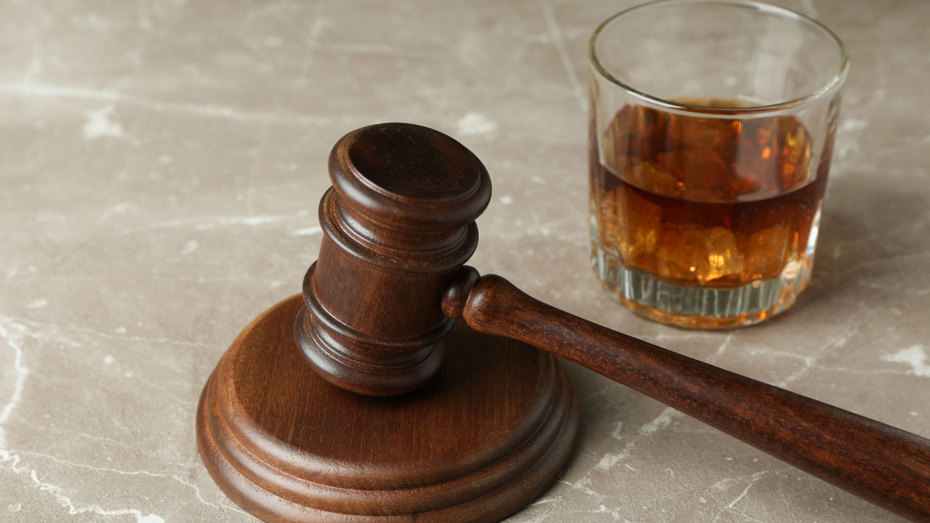In the world of spirits and libations, the name of a drink can mean everything. It's not just a label; it's an identity, a legacy, and a guarantee of a certain standard of quality. Few drinks understand this as intimately as bourbon does. Over the years, bourbon's name and legacy have been fiercely protected, leading to intriguing legal battles and discussions about what truly defines this iconic American spirit.
The Essence of Bourbon's Identity
Before delving into the battles and trademarks, it's essential to understand what makes bourbon unique. By legal definition in the United States, for a whiskey to be classified as bourbon, it must:
- Be produced in the U.S.
- Be made from a grain mixture that is at least 51% corn.
- Be aged in new, charred oak containers.
- Be distilled to no more than 160 proof (80% alcohol by volume).
- Be entered into the barrel for aging at no more than 125 proof (62.5% alcohol by volume).
- Be bottled at 80 proof or more (40% alcohol by volume).
Bourbon vs. The World: The Quest for Recognition
Much like Champagne in France or Tequila in Mexico, bourbon's identity is tied to its region and production process. The U.S. government officially recognized bourbon as a "distinctive product of the United States" in 1964. This was more than a patriotic nod; it was a strategic move to protect bourbon from international imitations.
Following this, the U.S. has signed multiple agreements with other countries, ensuring that only whiskey produced in the U.S. following the specific criteria can be marketed abroad as "bourbon." Most nations respect this definition, recognizing bourbon's unique American roots. This protective status ensures that consumers worldwide receive genuine bourbon and not a knock-off product trying to capitalize on the name.
Trademark Tussles
Within the U.S., the battle to protect bourbon's legacy has often played out in the form of trademark disputes. Distilleries are cautious about their branding, names, and logos, ensuring they don't encroach upon established trademarks.
One of the more notable trademark disputes in bourbon's history involves Maker's Mark and its distinctive red wax seal. In 2010, Maker's Mark filed a lawsuit against Diageo and Casa Cuervo for using a similar dripping red wax seal on their Reserva tequila bottles. The courts sided with Maker's Mark, highlighting the significance and recognition of the wax seal as a distinctive feature of the brand.
Bourbon and Geographical Indication (GI)
While bourbon as a whole enjoys protective status, the discussions get more nuanced when one considers specific regions within the bourbon-making landscape. Kentucky, being the epicenter of bourbon production, has long debated whether "Kentucky Bourbon" should have a Geographical Indication (GI) status. This would mean that only bourbon produced in Kentucky could use the name "Kentucky Bourbon," similar to how only sparkling wine from the Champagne region in France can be called "Champagne."
While the idea has supporters who believe it would further enhance the prestige and authenticity of Kentucky Bourbon, others argue that it could be restrictive and harm producers outside of Kentucky. The debate rages on, showcasing the passion and dedication of those within the bourbon industry.
Conclusion
Bourbon's identity is more than just a name; it's a symbol of history, craftsmanship, and tradition. This recognition isn't taken lightly, with both the U.S. government and individual distilleries playing their part in ensuring that bourbon's legacy remains untarnished.
The legal battles, trademark disputes, and discussions around Geographical Indications aren't just about semantics; they're about preserving the integrity of a spirit that has become synonymous with American culture. For bourbon enthusiasts and producers alike, ensuring that each bottle poured is genuine and authentic isn't just a matter of taste – it's a matter of pride.

